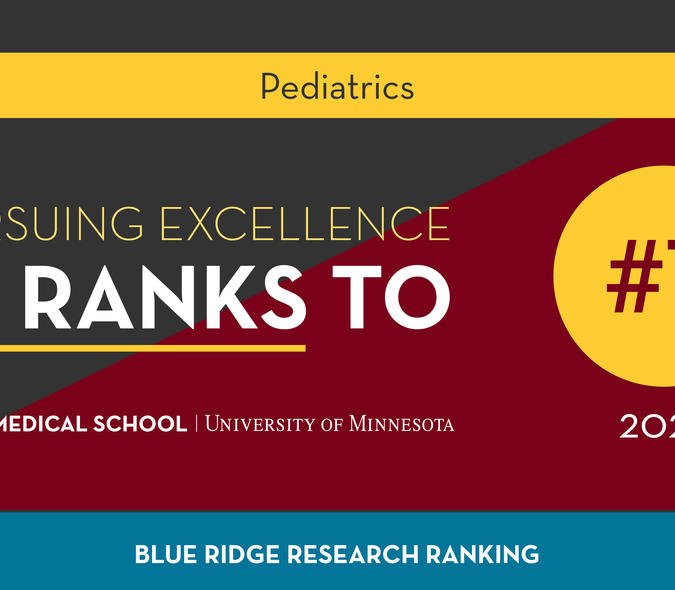Children’s Hospitals Are Partly to Blame as Superbugs Increasingly Attack Kids
Antibiotic resistant strains of bacteria, also known as superbugs, have been present in healthcare systems and beyond for decades, with the prevalence increasing drastically over the years. This increase has been attributed to the use, over-prescribing, and incorrect prescribing of antibiotics for infections, which allow the exposed and untreated bacteria to mutate and build defenses to our prescriptions at an alarming rate. These drug-resistant strains of bacteria, such as Clostridium difficile which is commonly known by the name C. diff, can cause severe sickness, sepsis, and death and are commonly found in healthcare settings such as hospitals.
Since the rise of the COVID-19 pandemic, fewer parents have been taking their kids to the doctor’s office, leading to more telemedicine visits in which patient to doctor contact and observation is absent. Even with prevention efforts to prevent the prescription of antibiotics for incorrect uses, this disconnect between patients and doctors to help prevent the spread of COVID, may be mitigating these efforts to stop the overuse and incorrect uses of antibiotics caused by both doctors and patients. Doctors such as Mark Schleiss, MD, Professor in the Division of Pediatric Infectious Diseases and Immunology at the University of Minnesota, have discussed how COVID-19 may be like fuel-on-a-fire, leading to the increase in prevalence and spread of antibiotic-resistant bacteria through healthcare settings, including Pediatric hospitals. To read more about professionals’ insights into antibiotic resistance bacteria and the effects of COVID-19 on their prevalence in healthcare, follow this link.

